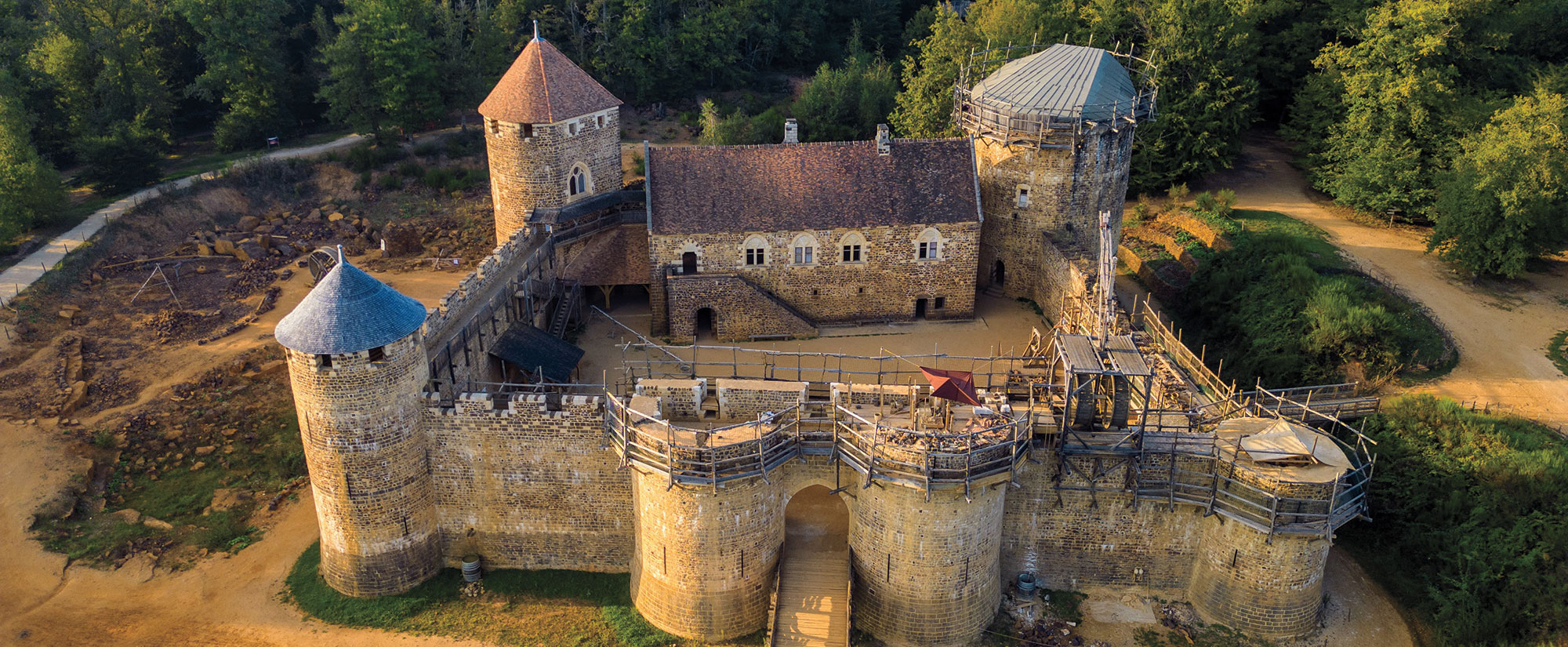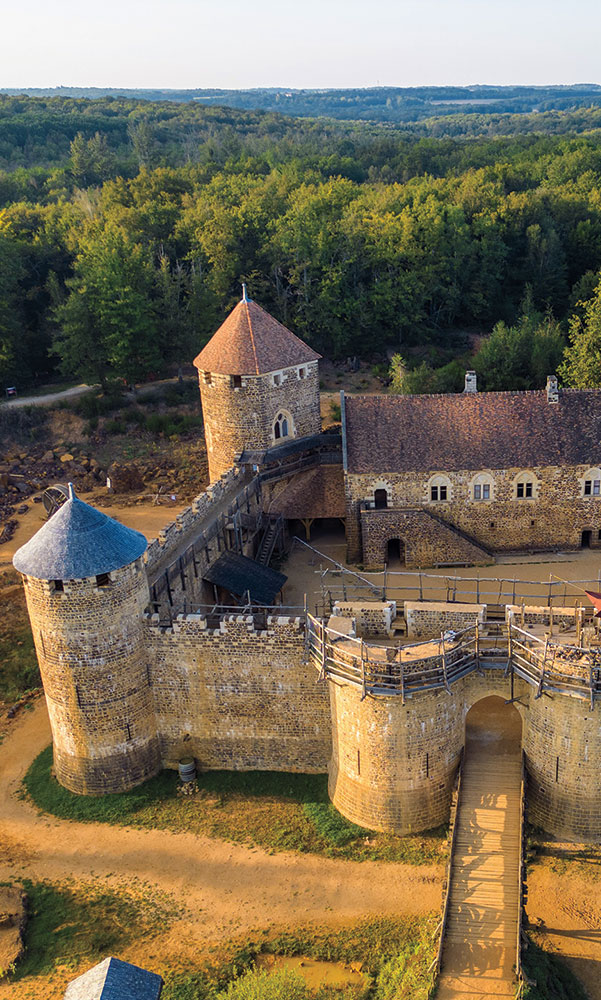QUINHAGAK, ALASKA—According to a report in The Anchorage Daily News, the storm known as Typhoon Halong swallowed up as much as 60 feet of land in some areas of Western Alaska’s coastline earlier this month. The Nunalleq archaeological site—the remains of a Yup’ik village inhabited between about A.D. 1300 and 1650—was damaged as a result. Residents of the nearby village of Quinhagak have been scouring the beach since the storm, and have rescued about 1,000 Yup’ik cultural items dislodged by erosion, including a complete wooden mask bearing traces of paint. It is likely that the storm swept as many as 100,000 cultural objects from unexcavated areas of Nunalleq out to sea, explained Rick Knecht of the Anchorage Museum. He and the residents of Quinhagak have been working together for years to rescue Yup’ik cultural objects from the melting permafrost. To read about previous excavations at Nunalleq, go to "Cultural Revival."
Storm Damages Yup’ik Village Site in Alaska
News October 29, 2025
Recommended Articles
Letter from Alaska July/August 2021
The Cold Winds of War
A little-known World War II campaign in the Aleutian Islands left behind an undisturbed battlefield strewn with weapons and materiel
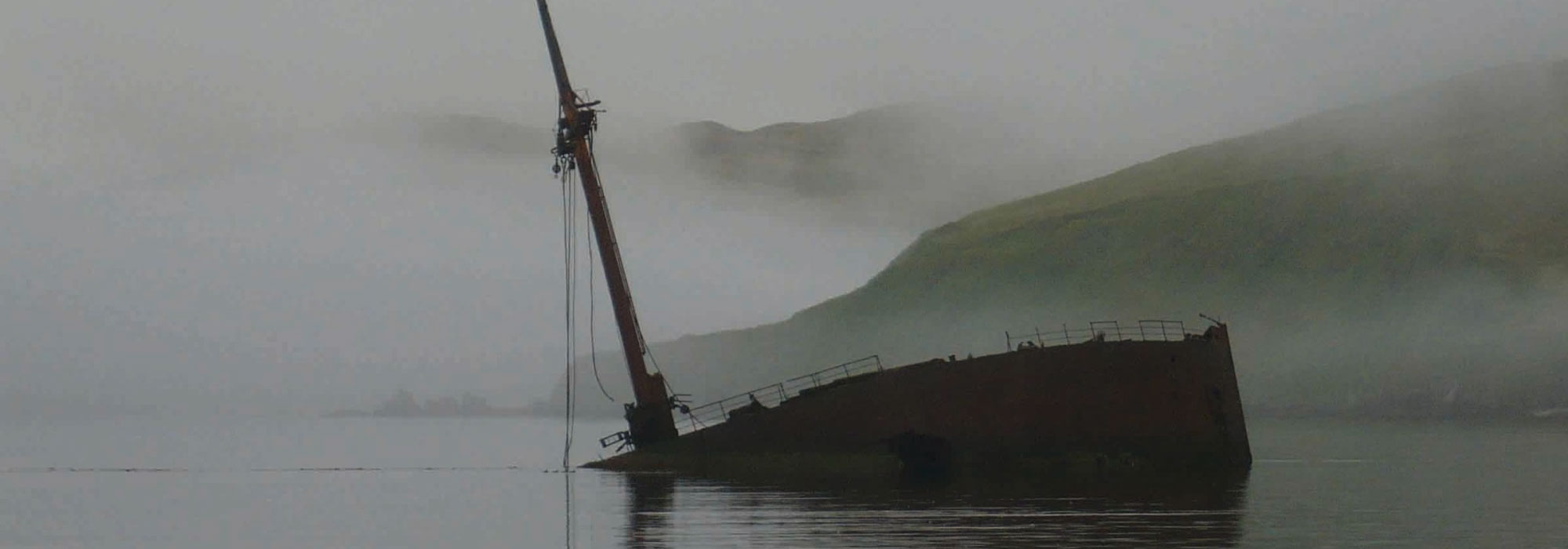
Features September/October 2015
Cultural Revival
Excavations near a Yup’ik village in Alaska are helping its people reconnect with the epic stories and practices of their ancestors
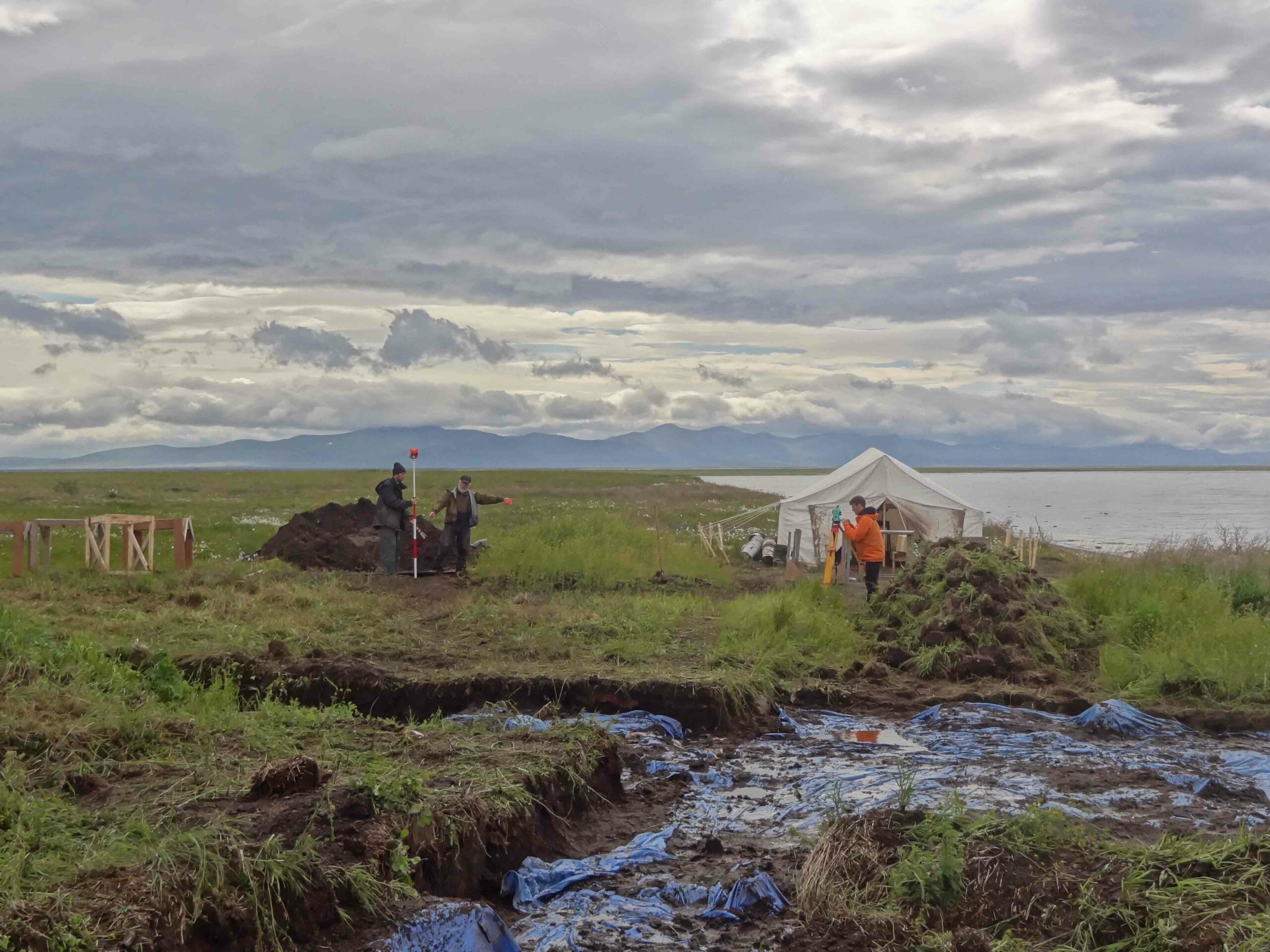
Off the Grid May/June 2012
Klondike River, Canada
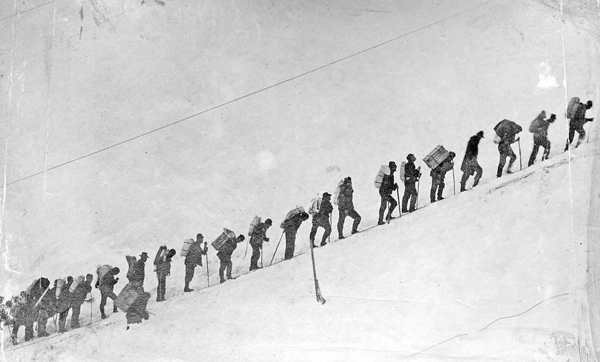
Off the Grid January/February 2026
Prophetstown, Indiana
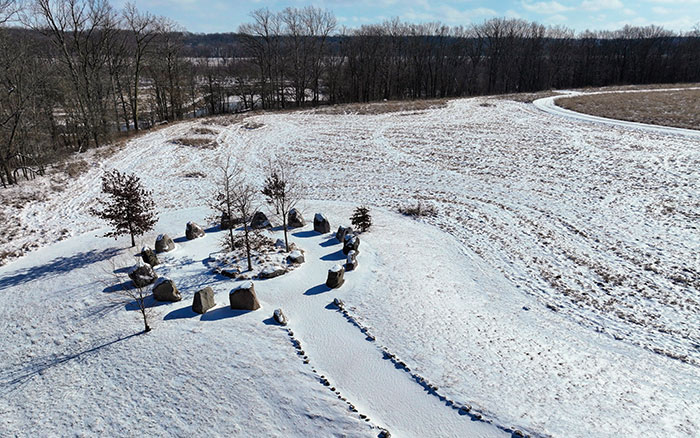
-
Features September/October 2025
Spirit Cave Connection
The world’s oldest mummified person is the ancestor of Nevada’s Northern Paiute people
 Howard Goldbaum/allaroundnevada.com
Howard Goldbaum/allaroundnevada.com -
Features September/October 2025
Here Comes the Sun
On a small Danish island 5,000 years ago, farmers crafted tokens to bring the sun out of the shadows
 Courtesy the National Museum of Denmark
Courtesy the National Museum of Denmark -
Features September/October 2025
Myth of the Golden Dragon
Eclectic artifacts from tombs in northeastern China tell the story of a little-known dynasty
 Photograph courtesy Liaoning Provincial Museum, Liaoning Provincial Institute of Cultural Relics and Archaeology, and Chaoyang County Museum
Photograph courtesy Liaoning Provincial Museum, Liaoning Provincial Institute of Cultural Relics and Archaeology, and Chaoyang County Museum -
Features September/October 2025
Remote Sanctuary at the Crossroads of Empire
Ancient Bactrians invented distinct ways to worship their gods 2,300 years ago in Tajikistan
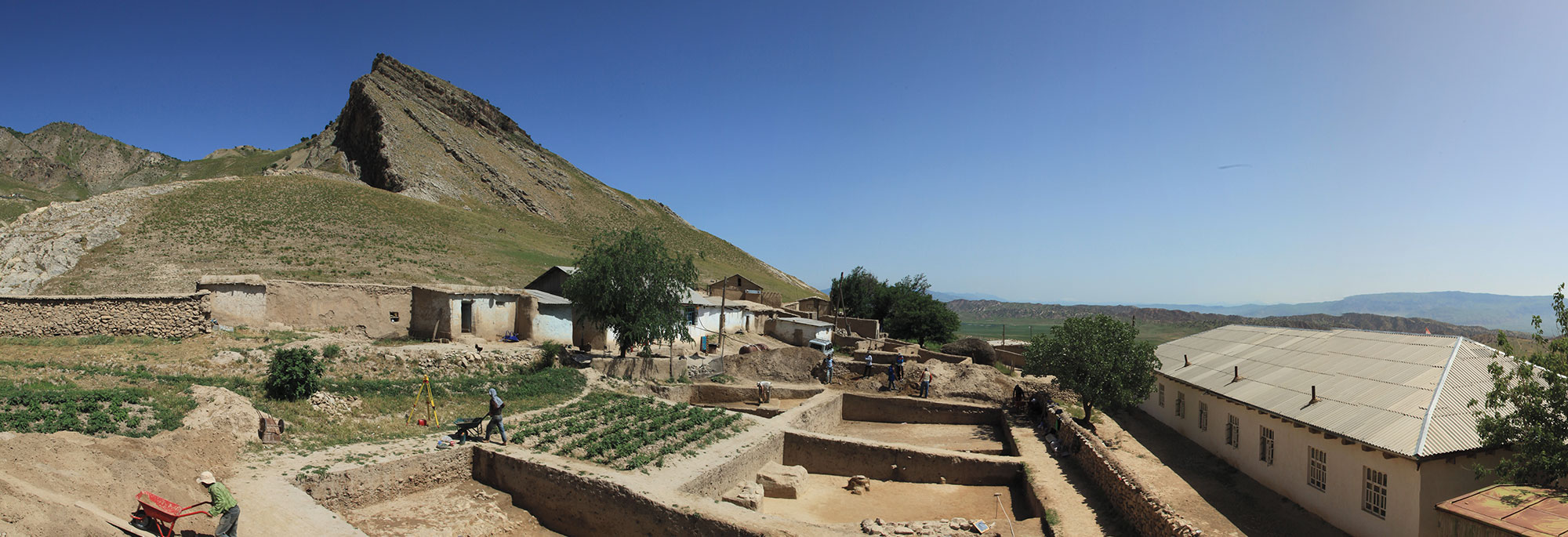 Gunvor Lindström/Excavations supported by the German Research Foundation
Gunvor Lindström/Excavations supported by the German Research Foundation


